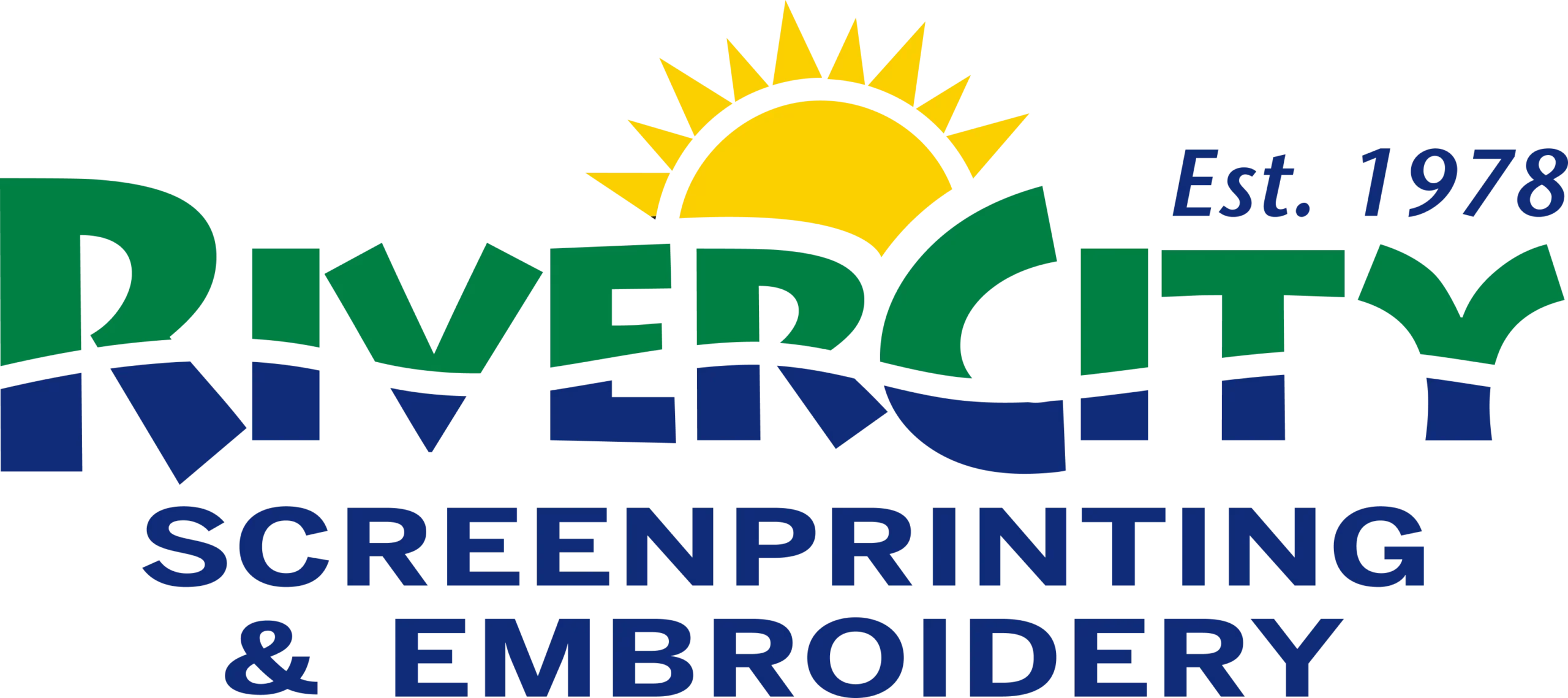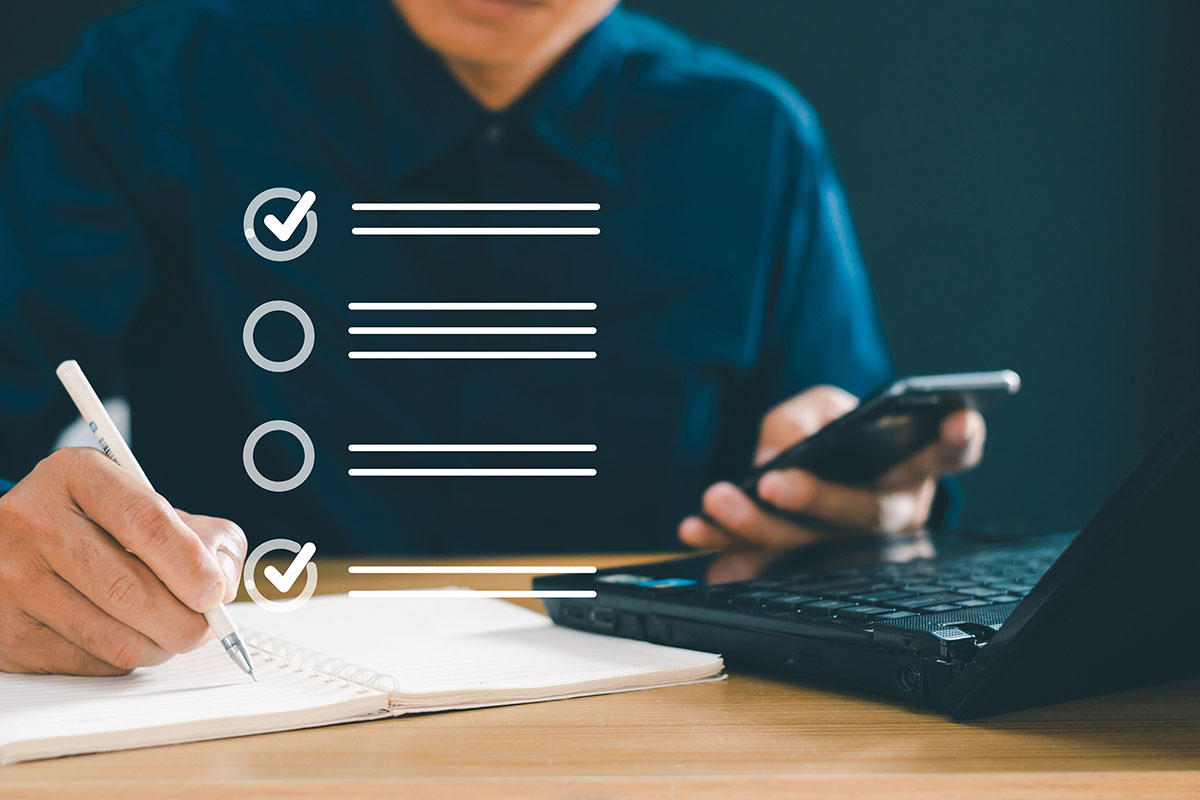Promotional products play a starring role in promoting your organization or cause at events. Incorporating branded San Antonio promotional products into your strategy enhances brand visibility and encourages attendee engagement. When strategically selected, promotional products serve as memorable mementos that keep your brand top of mind long after the event concludes.
We’ll provide you with a checklist for planning event products. You’ll learn:
- The significance of defining clear event objectives
- Key factors in selecting the right promotional items
- Budget considerations for effective resource allocation
- Best practices for artwork and customization preparation
Equipped with this checklist, you can streamline your event planning process and maximize the impact of your promotional merchandise. Take the first step towards creating an unforgettable experience for your attendees with custom apparel in San Antonio TX.
Understanding Your Event’s Objectives
Defining clear event objectives is an important first step of effective planning. These objectives guide your strategy and focus on key goals such as:
- Brand Awareness: Increase visibility and recognition of your brand during the event.
- Lead Generation: Capture potential customer information for future engagement.
Identifying your target audience demographics enhances the relevance of your promotional strategies. Consider factors like:
- Age
- Gender
- Preferences
Understanding these elements allows you to tailor messages and products that resonate with attendees.
Choosing an appropriate event theme creates a cohesive experience that aligns with your objectives. A well-chosen theme not only engages attendees but also reinforces your brand identity throughout the event. This alignment between objectives, audience, and theme is foundational for successful promotional product selection and overall event impact.
Creating a Comprehensive Event Planning Checklist
A well-structured event planning checklist is essential for successful event execution. It ensures that no critical detail is overlooked and helps streamline the entire process. Here are key elements to include:
- Objectives: Clearly define what you want to achieve.
- Theme: Choose an engaging theme that resonates with your audience.
- Marketing Strategy: Develop a plan to promote your event effectively.
The benefits of a meticulously crafted planning process are clear:
- Reduces oversight by providing clear step-by-step guidance.
- Supports resource allocation, ensuring efficient use of time and budget.
- Enhances attendee engagement by maintaining a focus on their needs and expectations.
A comprehensive checklist serves as your roadmap, guiding you through each phase of the event planning journey. With careful attention to detail, you can build a memorable experience for both your brand and attendees.
Budgeting for Promotional Products
Setting a realistic budget is crucial when planning for event promotional products. Consider the following factors:
- Customization and Shipping Fees: Factor in costs associated with customizing items and shipping them to your event location. These can significantly impact your overall budget.
- Estimating Attendee Numbers: Understanding the expected number of attendees helps determine the quantity of promotional items needed. This estimation directly influences pricing strategies, as bulk orders often result in discounts.
- Analyzing Product Costs: Different promotional items come with varying price points. Evaluate options such as:
- Basic giveaways like pens and notepads
- Mid-range items such as tote bags and water bottles
- Premium products like tech gadgets or apparel
Selecting the Right Promotional Products
Selecting the appropriate promotional items is helpful for maximizing impact at your event. Consider these factors:
- Event Type: Tailor products to align with the nature of your event. For example, tech conferences may benefit from branded USB drives, while wellness events might favor eco-friendly tote bags.
- Audience Preferences: Understand your target demographic. Items that resonate with them can enhance engagement and brand recall.
Exploring co-branding opportunities can elevate your promotional efforts. Collaborating with sponsors allows you to incorporate their branding on products, creating a shared marketing advantage.
When choosing merchandise, prioritize high-quality and relevant items. Ensure that products not only represent your brand effectively but also offer utility to attendees. Examples include:
- Reusable water bottles
- Portable chargers
- Eco-friendly stationery
These choices foster a positive association with your brand and enhance the overall event experience.
Artwork and Customization Preparation
Providing high-quality artwork for printing is crucial for the success of your promotional products. Always submit your designs in vector format (such as AI, EPS, or high-res PDF). This ensures that your logo and graphics maintain their clarity and sharpness across various sizes.
Imprint Methods
Understanding the different imprint methods available can guide you in choosing the right one for your products:
- Screen Printing: Ideal for larger orders and provides vibrant colors.
- Embroidery: Adds a professional touch, perfect for apparel.
- Pad Printing: Suitable for uneven surfaces, great for smaller items.
- Full-color Digital Printing: Allows intricate designs with multiple colors.
Customization Best Practices
To effectively customize promotional items, consider these best practices:
- Ensure color accuracy by providing Pantone color codes when applicable.
- Keep designs simple yet impactful; cluttered graphics can detract from your message.
- Test samples before full production to guarantee quality and alignment with expectations.
Investing time in these aspects enhances brand representation and creates lasting impressions on attendees.
Order Timeline and Logistics Management
Establishing a clear order timeline is crucial for successful event planning. Aim to start the ordering process at least three months before the event. This allows ample time for selecting products, finalizing artwork, and managing production schedules.
Key considerations include:
- Planning shipping logistics: Confirm delivery details early on to avoid last-minute surprises. Provide a precise address and specify the delivery window to ensure timely arrival.
- Importance of inspecting shipments: Upon arrival, inspect all items for accuracy, quality, and completeness. This step is vital to guarantee that your promotional products meet your standards.
Engaging Attendees with Promotional Products
Attendee engagement is crucial for a successful event. Thoughtful giveaways can significantly enhance interactions. Consider implementing strategies like:
- Practical and Useful Items: Choose promotional products that attendees will use post-event, such as reusable tote bags or portable chargers. These items keep your brand visible long after the event concludes.
- Interactive Elements: Incorporate engaging activities, such as live demonstrations or contests. This not only attracts attention but also creates memorable experiences that resonate with attendees.
- Personalized Engagement: Distribute branding items personally to create connections. Encourage conversations and feedback by requiring sign-ups for higher-value giveaways.
Utilizing branding items effectively ensures lasting impressions. High-quality merchandise combined with interactive strategies forms a holistic approach to maximize attendee engagement and satisfaction during your event.
Post-Event Follow-Up and Analysis
Post-event analysis is critical for refining future strategies. Gathering attendee feedback can be accomplished through:
- Surveys: Deploy post-event surveys to collect insights about experiences and satisfaction levels.
- Social Media Metrics: Monitor mentions, shares, and engagement rates to evaluate buzz generated around your event.
Analyzing these metrics helps you understand what resonated with attendees. It informs decisions for future events.
A thorough budget analysis should follow. Review resource allocation based on insights from past events, identifying areas of overspending or underutilization. This examination aids in making informed adjustments for budget planning in subsequent events.
The Key to Successful Events Lies in Thoughtful Planning of Promotional Products & Merch!
Continuous improvement is vital for successful event planning. Each feedback session offers insights for future enhancements.
Implementing a successful event planning checklist ensures you cover all necessary aspects, from objectives to attendee engagement.
This checklist streamlines your process, maximizes investment, and minimizes common pitfalls. Take the first step towards creating unforgettable experiences for your attendees and making your next event a resounding success!
Frequently Asked Questions About Promotional Products
What are promotional products and why are they important for events?
Promotional products are branded items given away at events to enhance brand visibility and engage attendees. They serve as a tangible reminder of your brand, helping to increase awareness and foster connections with potential customers.
How do I define clear objectives for my event?
To define clear event objectives, consider what you want to achieve, such as increasing brand awareness or generating leads. Identify your target audience’s demographics and preferences to align your objectives with their interests.
What should be included in an event planning checklist?
A comprehensive event planning checklist should include key elements such as your event objectives, theme, marketing strategy, budget considerations for promotional products, and timelines for execution to ensure successful planning.
How do I budget effectively for promotional products?
When budgeting for promotional products, set a realistic budget that includes costs for customization and shipping. Estimate the number of attendees to determine the quantity needed and analyze costs associated with various types of promotional items.
What factors should I consider when selecting promotional items?
Consider the type of event, audience preferences, and the relevance of the merchandise to your brand when selecting promotional items. Co-branding opportunities with sponsors can also add value to your offerings, especially when incorporating screen printing in San Antonio for a high-quality finish.
What best practices should I follow for artwork and customization of promotional items?
Provide high-quality artwork in vector format for printing and choose appropriate imprint methods like screen printing or embroidery. Following best practices in customization ensures that your promotional items are effective and represent your brand well.

